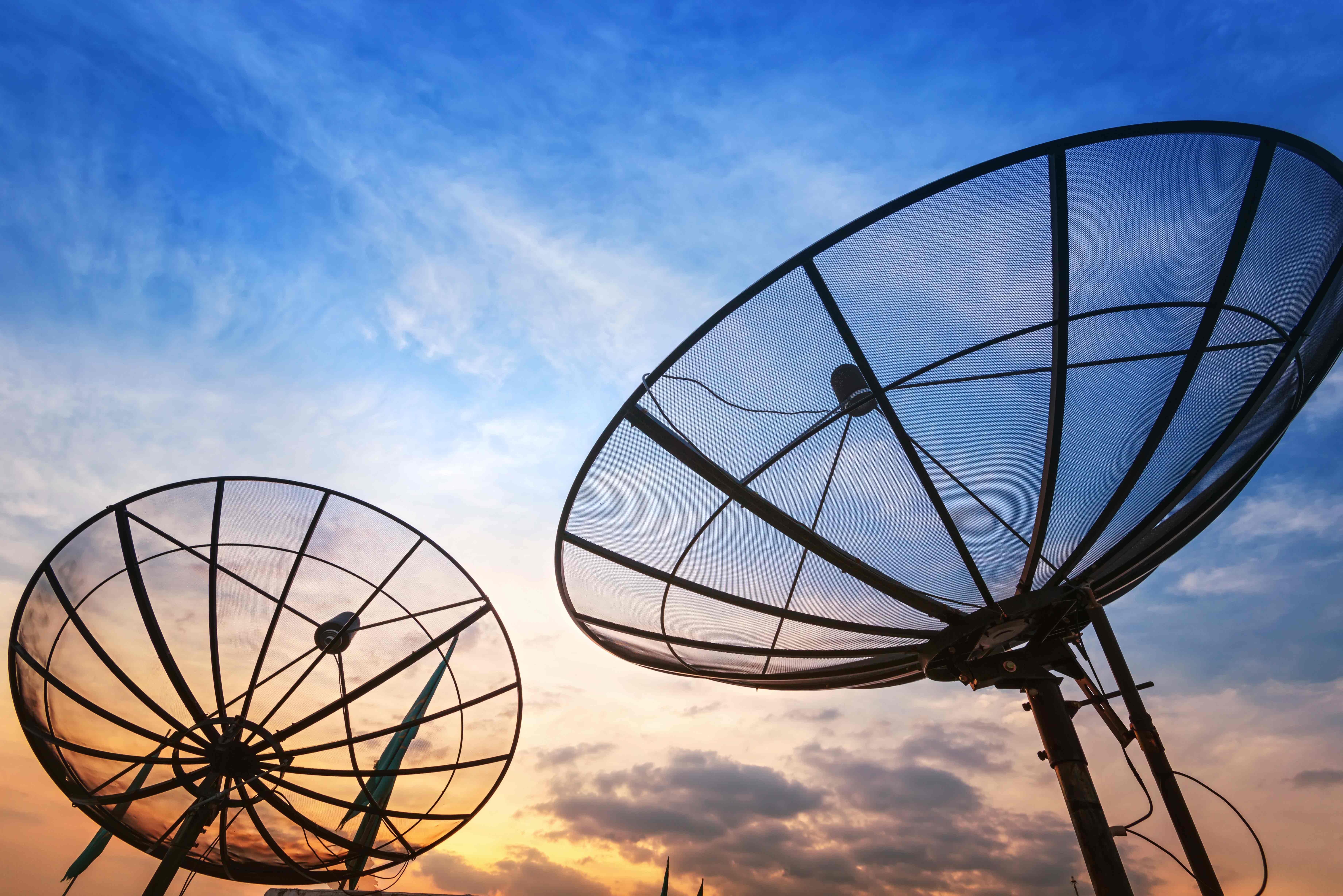Towards the end of 2018, the Australian Communication and Media Authority (ACMA) allocated 5G spectrum to four major telecoms – TPG Telecom, Vodafone Hutchison Australia, Optus and Telstra. ACMA raised approximately AUD 853 million after selling 350 available spectrum lots, and the 5G licenses won at auction will start to roll out in metro areas from March 2020.
5G is the marketing term for the fifth generation of mobile networks and will offer much higher speeds (download speeds of 20Gbps) and lower latency (faster response time, less “lag”) than is currently available on 4G, which on average has a latency of around 50 milliseconds, where 5G can be as low as 1 millisecond. This is very relevant when it comes to scenarios where your response time can impact the outcome, like in online gaming and streaming, virtual reality (VR) and the growing number of Internet of Things (IoT) applications.
Our world is already mobile, with over 30 billion connected devices and with use cases for IoT technology expected to keep growing, the existing spectrums will continue to get congested by network traffic which will lead to maintenance and reliability issues. 5G will allow more simultaneous device connections, and towers are significantly smaller and can be installed in a wider variety of places which wouldn’t have been possible in the past (think, every lamppost in metro areas). The catch is, to benefit from the 5G spectrums you will require a 5G compatible and enabled hardware or device.
5G will be instrumental across several industries and help speed up advancements in connected technologies. These advancements will enable connected cars and autonomous driving, smart cities with connected logistics, transport, and infrastructure; enhancement in connected healthcare from robotics to blockchain use cases to wearable technology; industrial internet of things and smart factories; and the more extended use of augmented reality, virtual reality and mixed reality.
While these technologies have been around for some time, the 5G network is expected to drive exponential development, scalability and adoption of these technologies.
So how do businesses prepare for 5G?
Businesses must prepare for the technology now in order to harness the benefits and operational efficiencies offered by 5G.
Budget for investment: Initially, 5G hardware will be more expensive than 4G, and a requirement to harness the 5G benefits. It will be important to be well equipped with the correct technology once 5G is fully launched.
Planning: For the new wave of automation and artificial intelligence. Lower latency speeds will provide new opportunities for businesses to leverage automation, machine learning and artificial intelligence across more of their operations.
Education: Leaders and employees need to have a sound understanding of what 5G is and increase their awareness around how it can support business goals, including where to find the latest 5G application to benefit their business.
Strategy: Businesses should implement or incorporate a 5G strategy into their overall business strategy to ensure that product or process changes that need to be made to facilitate 5G adoption.
It is expected that it will take up to five years for significant 5G adoption and it is set to quickly bring smart technologies and IoT into the consumer and business mainstream.
In the meantime, business leaders and CIO’s are being tasked to form a strategy for a new technology, which in itself is challenging given we don’t yet fully understand the potential implications and opportunities it may present.



